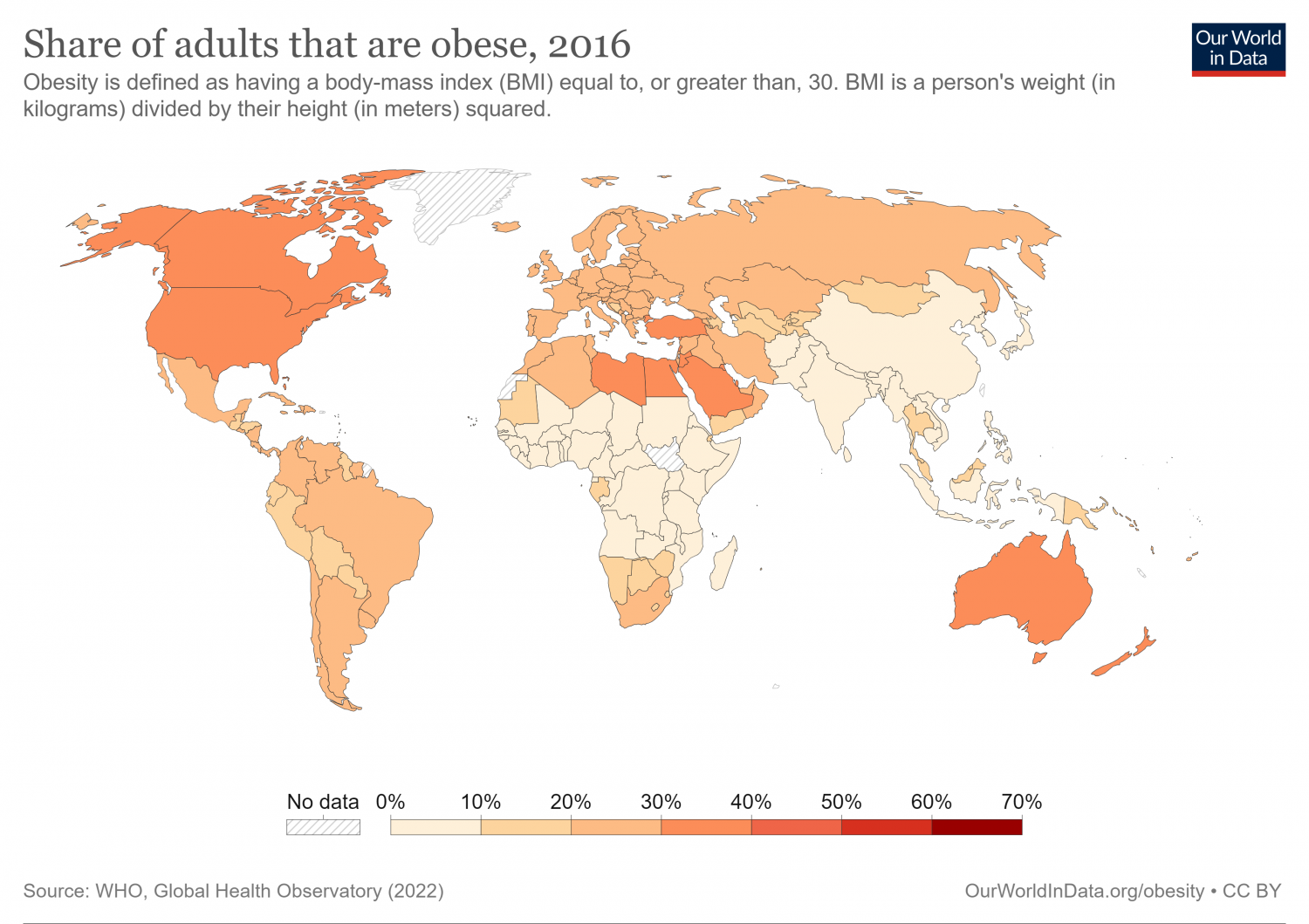Artist Takashi Murakami and AI
By Di, July 06 2023Japanese artist Takashi Murakami has always taken risks with his art. He blends traditional and contemporary styles to create wildly colorful pop art. He is often compared to Andy Warhol, the famous American pop artist.
Murakami has always embraced new technologies, like NFTs and cryptocurrency. So he isn't afraid of AI-generated art. But he does see the harmful effect it might have on artists. In his words:
AI will certainly do damage to technical trades, but I don’t think it will be able to block our ideas. The wackiest ideas, those that even AI cannot generate, will become even more valuable.



